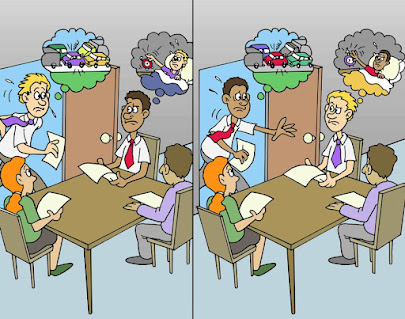Differences in Manners-Week 7-6/2/22
The differences in manners from culture to culture are probably one of the most fascinating topics. My daughter came home from work tonight and she mentioned that a table didn't tip her. I immediately asked if they were from another culture such as Korea or Japan. Emphatically, she said NO. If those nontippers had been from those countries, it would not have been an insult, because in their custom tipping is not used. But in America, it is expected. If you do not tip, the waitress gets paid very little and it is a sign that the customer was not satisfied with the meal or service.
One can see that manners can vary greatly from one country or culture to another. This is no different when it comes to the classroom. Our students are brought up in different cultures and those cultures will be displayed in school, whether on purpose or not. Having different manners in a classroom is not a problem as long as everyone understands what the expectations are for your classroom. If students see certain manners not being followed that they consider rude, then it is important to point out that those may be a custom of certain cultures.
Some examples of different manners in the classroom, that some Asian cultures may look at as disrespectful are, when American students walk in late, put their feet up on the desk in front of them, ask questions of the teacher, and so on. In America, we don't think too much about these things. Walking in late might get a glare from a professor, but not much else will happen. The Professor figures that none of it is personal and the student is paying for the education whether they are on time or not, so it doesn't hurt him.
It is important to remember to help our students understand the different manners of the cultures around them. In fact, it is a good idea for all of us to be aware of what others are doing around us and take the group lead on what manners are important to follow.




Comments
Post a Comment